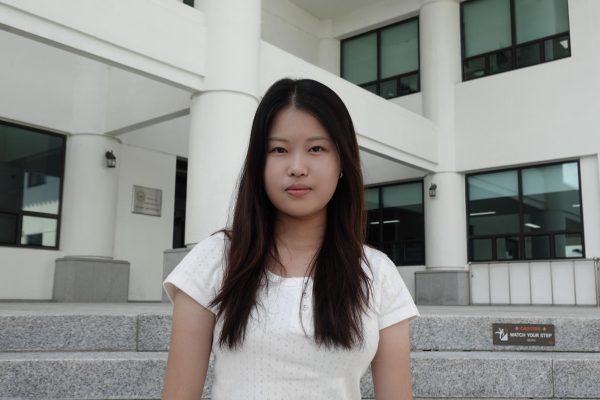The South Korean government officially announced the revised National Pension Act on April 1, Korea’s third pension reform since the system’s 1988 inception and its first significant adjustment in 18 years. The act brought massive backlash from the younger generations with its expected consequence: more burden for younger generations, yet no meaningful structural change in return.
The new law raises the contribution rate from 9 percent to 13 percent and the income replacement rate to 43 percent. This so-called parametric reform is designed to delay fund depletion by eight years, from 2056 to 2064.
Critics argue that the timing—right as the baby boomer generation retires—and the “pay more, get more” framing unfairly shift the financial burden to the citizens in their 20s and 30s, who will contribute at the highest rate but may never receive proportional returns. While the government insists that today’s reforms prevent tomorrow’s collapse, many young Koreans interpret this as paying for the inaction of past decades.
Confusion and misinformation have deepened the sense of betrayal. Many assumed that all retirees would benefit from the higher replacement rate, though in reality, the increase only applies to future contributors post-2026. New projections show that the required contribution rate to cover one year’s payout under the reformed system would need to rise to 39.2 percent, up from 36.6 percent before the reform. In other words, the reform actually increases the pressure on future generations.
Another factor that exacerbates the problem is that the demographic expected to shoulder this financial burden is shrinking. With Korea’s birth rate at a record low and elementary school enrollments projected to drop by nearly 900,000 in the next six years, it is unclear who will be left to sustain the system. According to demographic forecasts, the working-age population will continue to contract, while the number of pension recipients grows.
If the goal was truly shared sacrifice, it could have included state contributions, as seen in other advanced nations like Japan, Germany, and France, where governments invest 1 percent of GDP into pension systems. As Korea’s 2024 GDP is at 2,549 trillion won, that 1 percent would be about 25 trillion won, which is well within reach given the government’s restrained 2025 spending projections. Instead, the state cut asked young Koreans to pay more and expect less.
Why, then, was this plan passed? It was because the political majority lies with older generations. In a democracy governed by majority rule, the interests of a shrinking youth population are dismissed—an example of the “tyranny of the majority.” This is an intergenerational equity dilemma, a recurring pattern where today’s majority secures short-term gains while pushing long-term costs onto those too young to vote. As older generations continue to make up the majority of the voting population, the political system will remain skewed in their favor across every policy decision. From housing to job creation to climate, policies will increasingly cater to the aging electorate, leaving younger generations sidelined in decisions that shape their future.
This reform may delay the inevitable, but it does not avert it. Without more profound, structural change, the current path only postpones the collapse while exhausting the goodwill of the very generation needed to keep the system afloat. Young Koreans are not asking for miracles, but they are asking to be heard before they are billed. Until that happens, any reform will continue to feel like a one-sided deal, made not for sustainability, but for survival in the next election cycle.


